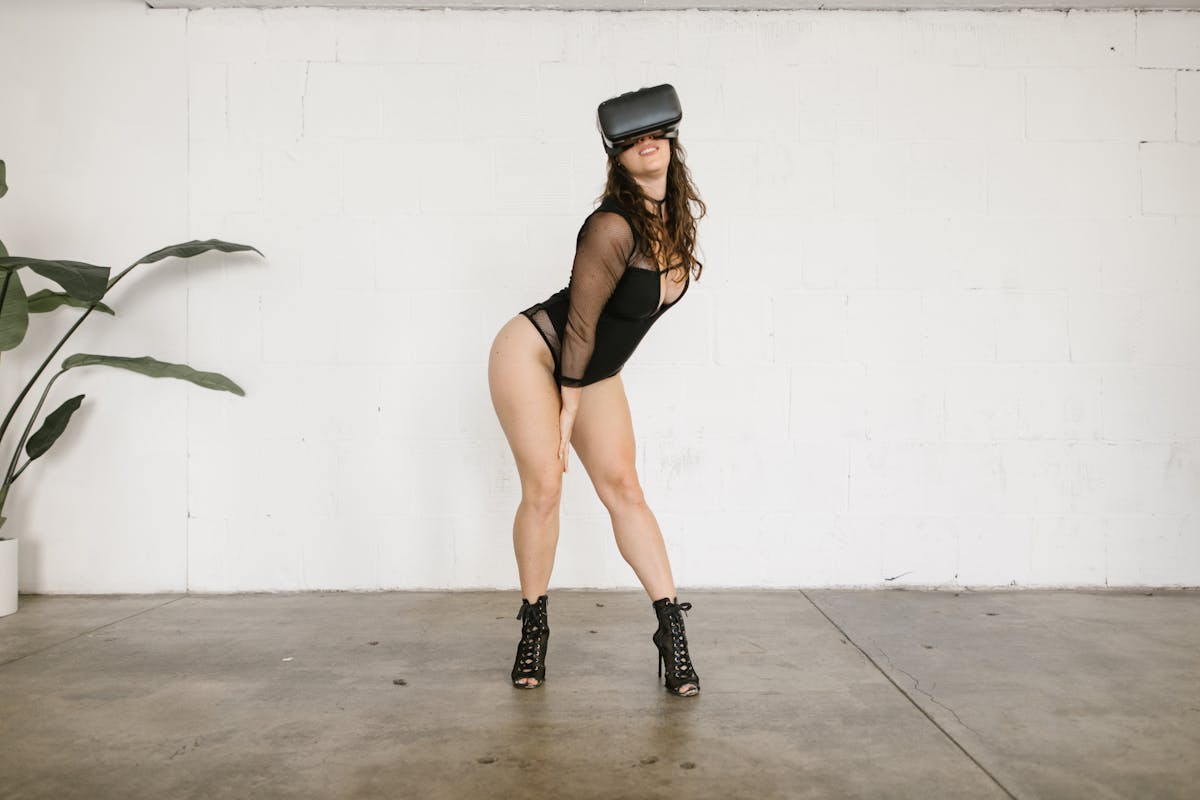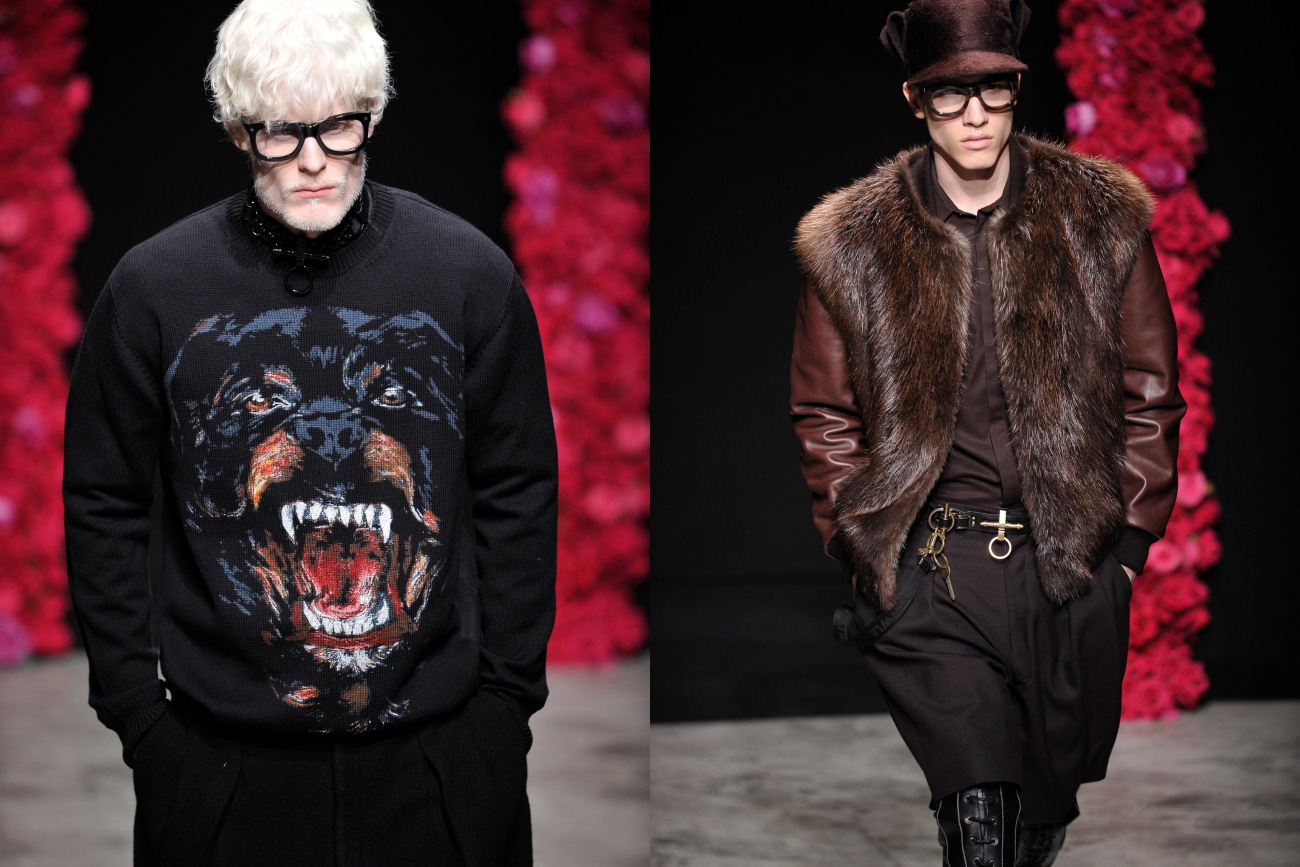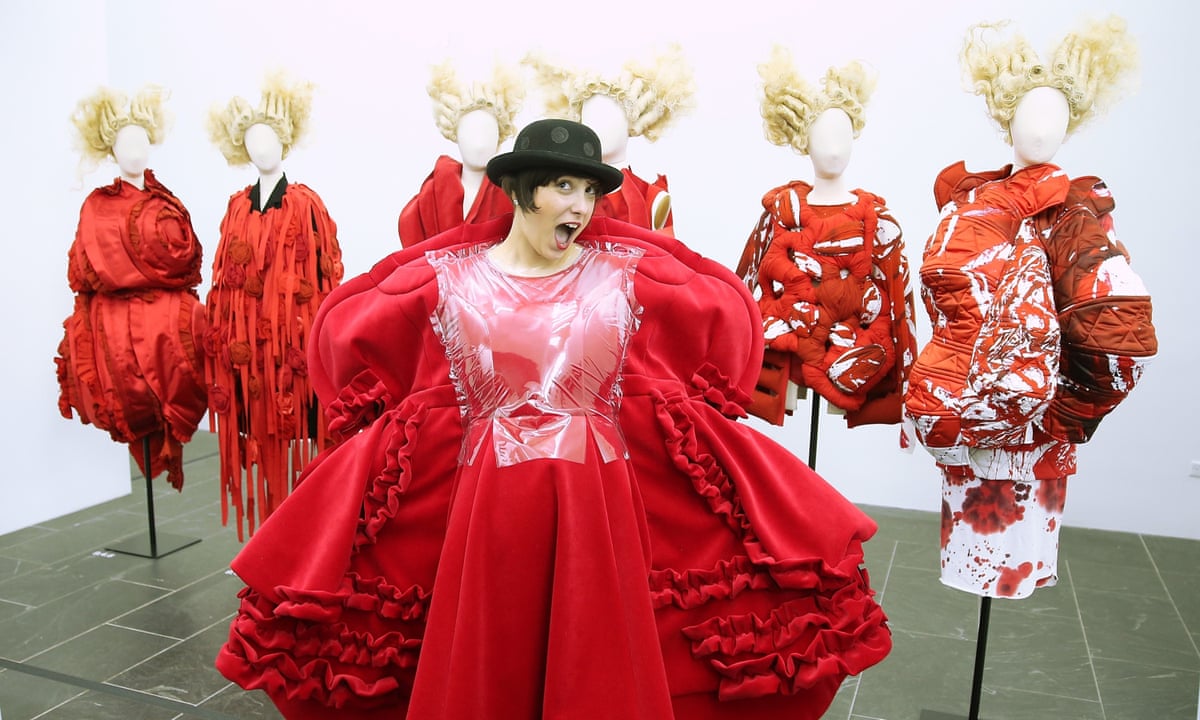Understanding the Concept of a Virtual Runway
The concept of a digital catwalk has become prominent within the fashion world, particularly with the swift progress of digital innovation and recent global circumstances that have affected conventional presentations. But what precisely is involved in a digital catwalk? This inquiry explores the vibrant blend of fashion, technology, and online creativity.
The Transformation of Fashion Shows
Traditionally, runway shows have been the pinnacle of fashion showcases, offering designers a prestigious platform to unveil their latest collections. These events are typically held in esteemed fashion capitals such as Paris, Milan, New York, and London. Here, models strut down physical runways, presenting garments to an audience of buyers, critics, and enthusiasts.
Nonetheless, the beginning of the COVID-19 outbreak in 2020 greatly interrupted this traditional method. Limitations on sizable meetings required a move to digital spaces, thereby hastening the idea of the online runway.
What Defines a Digital Catwalk?
A virtual runway is an innovative adaptation of the traditional catwalk experience, utilizing digital platforms to host fashion shows. Instead of a live audience seated around a physical runway, spectators participate virtually, observing collections through their screens. These events employ various technologies, such as high-definition videography, 3D modeling, augmented reality (AR), and virtual reality (VR), to deliver an immersive experience.
For instance, virtual reality allows audiences to feel as though they are physically present at a show, exploring garments up-close and from different angles. Augmented reality can overlay digital garments onto realistic models, offering a unique presentation. The use of high-definition video ensures that viewers do not miss the intricate details and craftsmanship that are integral to fashion.
Advantages of Virtual Runways
The shift to online fashion shows offers numerous advantages. To begin with, it makes fashion more inclusive, allowing people from around the globe who may not have the chance to experience a conventional runway show to take part. This broader accessibility expands the audience, encouraging international engagement and cooperation.
Furthermore, virtual runways offer sustainable benefits. The need for extensive travel is reduced, minimizing carbon footprints associated with traditional fashion events. Digital presentations also allow for creative experimentation that goes beyond the limitations of physical space.
Additionally, data collected from virtual show attendance offers valuable insights into viewer demographics and preferences, helping designers tailor future collections and marketing strategies.
Case Studies in the Implementation of Virtual Runways
Several renowned fashion brands have successfully navigated the transition to virtual runways. For example, during the Paris Fashion Week 2021, brands like Balenciaga and Louis Vuitton utilized cutting-edge technology to showcase their collections through immersive digital experiences that redefined audience engagement.
Balenciaga, for instance, employed a striking digital narrative that intertwined its collection with elements of visual art, music, and film, creating a sensory-rich experience. Louis Vuitton incorporated augmented reality, allowing virtual attendees to view models and garments from unique perspectives.
Challenges and Considerations
Despite the benefits, the virtual runway phenomenon also presents several challenges. Ensuring robust technological infrastructure is essential to avoid disruptions during live streams. Additionally, designers must find ways to convey the tactile qualities of fabrics and the intricate details that might be more apparent in physical settings.
Furthermore, the personal connection and uniqueness linked to conventional performances are more challenging to recreate online. Keeping interest levels high and crafting a compelling story are essential for holding the audience’s focus in a time marked by reduced attention spans.
The Evolution of Runway Events
The concept of the virtual runway is more than a temporary solution; it is indicative of a broader trend towards digital integration in fashion. As technology continues to evolve, so too will the methods of presenting and experiencing fashion. This burgeoning approach is not only reshaping how we perceive fashion shows but also how we interact with the industry itself, paving the way for a future where the boundaries between physical and digital realms are ever more blurred.





